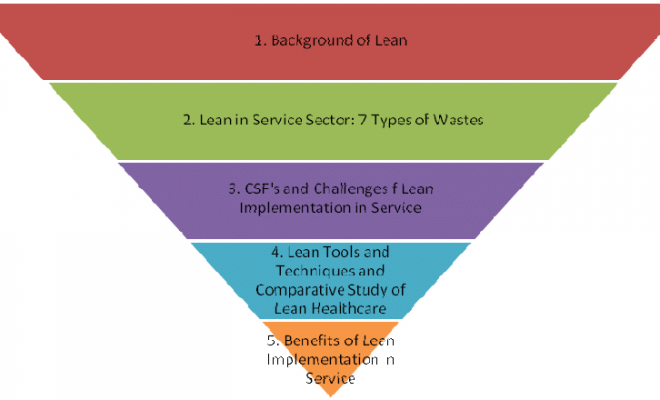
Literature reviews have been used in learning institutions and by scholars on a global scale to advance their knowledge on certain areas while using already published literature for research. A literature review is the survey, analysis and evaluation of already published material against a given framework to answer an already developed hypothesis. However, how do your structure your literature review? The structure is the outline and format to be used while formulating your paper. What are the dos and don’ts when It comes to the structure of your paper? Here is what you need to know.
A literature review is divided into three parts which work together to introduce your paper, deliver your research and finally show your conclusion on the issue you were addressing.
- Introduction
The introduction of your paper is very essential as it sets the pace for your whole paper.in This section, you should introduce the thesis or hypothesis of your paper. A hypothesis is a guiding statement that shows what you are looking to prove by the end of the paper. It can be formulated to either support or contrast the literature under review. Depending on the hypothesis that you settle on, it will guide you to choose a suitable title for your paper.
- Body
When doing a literature review, you will first have to introduce the literature that you will be putting under the scope for review. This allows your readers to familiarize themselves with the literature and relate your referencing. The mid-section of the body is where you take time and do the actual reviewing. Here you give all your findings and reasoning behind your theory.
The structure and formatting are related yet different aspects of writing. While the structure provides for three sections, the format will be split into more sections. The APA style of formatting is the recommended format when it comes to literature review. A wrong structure and formatting of your paper could make all the difference, but you can always stay on the safe side of life and get an expert writer to help you out. The benefits attached are immense and what could go wrong when you have an expert on your paper.
- Conclusion
The end of your paper really does matter as well. The conclusion section of your paper seeks to make sense of all that you have reviewed in relation to your hypothesis. A strong conclusion will take you from a 6 to a 10. In this section, remember to keep it brief and relate the previous section together and make recommendations if possible.
Well, there is so much more you need to know when writing your literature than just ‘How to structure a literature review’ to be an expert writer. You need to know how to write APA style literature review, how to choose the right material for a literature review and even the dos and don’ts of a literature review. Engage our literature review help service for assistance.








